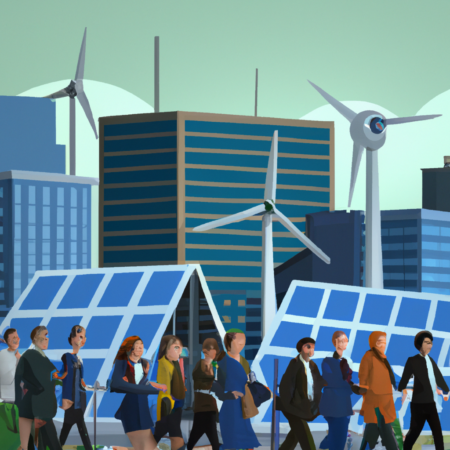Navigating the New Normal: Economic Policies for a Post-Pandemic World
As we move into the second quarter of 2025, the global economy continues to grapple with the long-term impacts of the COVID-19 pandemic. Governments and policymakers worldwide are tasked with crafting economic strategies that not only stimulate recovery but also ensure sustainable growth in a drastically altered market landscape.
Rethinking Economic Growth
The focus has shifted from sheer growth numbers to more sustainable and inclusive economic policies. This includes increased investment in green technologies, supporting small and medium enterprises (SMEs), and enhancing digital infrastructure to bridge the digital divide that widened during the pandemic.
Fiscal Policies to Boost Economy
In response to the economic downturn, governments are revising their fiscal policies. Key measures include adjusting tax rates, increasing public expenditure, and implementing targeted subsidy programs aimed at vital sectors such as healthcare, education, and renewable energy.
Monetary Measures for Stability
Central banks are continuing their supportive stance with policies aimed at maintaining liquidity and encouraging lending. Interest rate adjustments and quantitative easing remain critical tools for stabilizing the financial markets and fostering economic resilience.
International Cooperation
The global nature of the pandemic has highlighted the importance of international cooperation in economic recovery. Efforts are being made to enhance global trade agreements, ease supply chain disruptions, and implement coordinated monetary policies to avoid currency wars that could derail recovery efforts.
Looking Ahead
As we navigate this new normal, the role of economic policy has never been more critical. The decisions made today will shape the global economic landscape for years to come, emphasizing the need for innovative, forward-thinking strategies that prioritize long-term prosperity over short-term gains.






